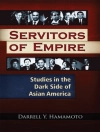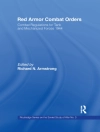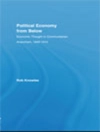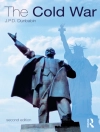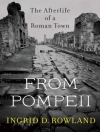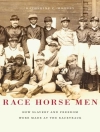Stalin’s Quest for Gold tells the story of Torgsin, a chain of retail shops established in 1930 with the aim of raising the hard currency needed to finance the USSR’s ambitious industrialization program. At a time of desperate scarcity, Torgsin had access to the country’s best foodstuffs and goods. Initially, only foreigners were allowed to shop in Torgsin, but the acute demand for hard-currency revenues forced Stalin to open Torgsin to Soviet citizens who could exchange tsarist gold coins and objects made of precious metals and gemstones, as well as foreign monies, for foods and goods in its shops.
Through her analysis of the large-scale, state-run entrepreneurship represented by Torgsin, Elena Osokina highlights the complexity and contradictions of Stalinism. Driven by the state’s hunger for gold and the people’s starvation, Torgsin rejected Marxist postulates of the socialist political economy: the notorious class approach and the state hard-currency monopoly. In its pursuit for gold, Torgsin advertised in the capitalist West, encouraging foreigners to purchase goods for their relatives in the USSR; and its seaport shops and restaurants operated semilegally as brothels, inducing foreign sailors to spend hard currency for Soviet industrialization. Examining Torgsin from multiple perspectives—economic expediency, state and police surveillance, consumerism, even interior design and personnel—Stalin’s Quest for Gold radically transforms the stereotypical view of the Soviet economy and enriches our understanding of everyday life in Stalin’s Russia.
Daftar Isi
Introduction: An Accidental Finding
Part I: Small Bureau to Trade Empire
1. The Birth of Torgsin
2. A Golden Idea
3. The Torgsin Empire
4. The Red Directors of Torgsin: The Political Commissar
5. Why Did Stalin Need Torgsin?
Part II: People’s Treasures
6. Gold
7. The Red Directors of Torgsin: The Intelligence Agent
8. Silver
9. Diamonds and Platinum
10. Send Dollars to Torgsin!
Part III: Everyday Life in Torgsin
11. What’s for Sale?
12. The Patrons
13. Prices
14. Soviet Brothels
15. Torgsin and the Political Police
16. The Seller Is Always Right
Part IV: Torgsin’s Swan Song
17. The Red Directors of Torgsin: The Socialist Revolutionary
18. Twilight
19. The Sorcerer’s Stone: The Alchemy of Soviet Industrialization
Instead of a Conclusion: The Paradoxes of Torgsin
Tentang Penulis
Elena Osokina is Professor of Russian History at the University of South Carolina. She is the author of books in Russian, Italian, Chinese and, in English, Our Daily Bread.


